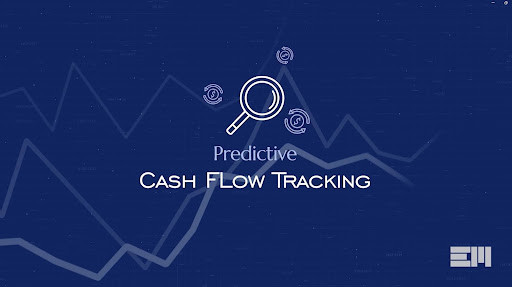
While business performance is often judged by revenue alone, expert Scott McPherran prompts a deeper question: at what cost?
McPherran, founder and seasoned strategist at Enright-McPherran Professional Consulting, has developed a breakthrough model that distills complex performance dynamics into a single visual tool: the Business Trinity Chart. Originally derived from retail analytics, this three-part model is now being used by professional service firms, including law firms, to make faster, smarter decisions, avoiding the silent erosion of profitability.
At the heart of this chart are three interrelated components: Revenue, Operating Income, and Work in Progress (WIP or inventory). It's a deceptively simple triangle that reveals the real-time alignment, or misalignment, between a company's expectations and its actual performance. "Too often, firms focus on hitting revenue targets and margin goals while ignoring WIP, the very asset base that sustains their ability to deliver," McPherran says. "And that's where profitability gets compromised."
The model's roots are in retail, where mismanaged inventory can crush margins and brand value. McPherran points to a major athletic brand that set aggressive revenue and margin goals but ignored the growing pile-up of unsold stock.
"They kept pushing products to hit top-line numbers but never cleared the old inventory," McPherran explains. "Eventually, they were forced into deep discounting and distribution channels they didn't want, damaging the brand's image and future pricing power."
Contrast that with a renowned heritage brand that, during COVID, responded swiftly by halting incoming inventory. Its supply chain agility meant less liquidation, tighter alignment with adjusted revenue forecasts, and stronger long-term profitability. "The Business Trinity Chart made these dynamics visible. It showed who was adapting in real-time and who was setting themselves up for painful corrections later," McPherran says.

McPherran's innovation lies in adapting this retail-born framework across verticals, each with its own definition of "assets."
In homebuilding, for example, the inventory is land and unsold homes. The Trinity Model can show whether those assets are outpacing the revenue and operating income needed to justify them. A builder targeting a 14.6% return on net assets but landing at 13.5% isn't just missing a number; it's a red flag that inventory is bloated and capital may be misallocated. McPherran says, "In these cases, we help executives ask: Should you really be acquiring more land? Or do you need to slow down and align what you have with what you're actually selling?"
But perhaps the most revolutionary leap has been applying the Trinity Model to law firms and other professional service organizations, where "inventory" isn't boxes on shelves but hours worked (what firms refer to as WIP).
"In a law firm, the hours your team puts in are your firm's inventory," McPherran says. "Not understanding the relationship of Cash Collections, Operating Income, and WIP can create a dangerous blind spot."
McPherran's version of the Business Trinity Chart for law firms aids them in understanding their revenue better with projected cash collections, allocates operating income, and treats billable hours in the system as the asset base. This lens provides firms a way to see how practice areas are truly performing, month by month, not just at year-end.
The model adjusts based on expectations for each practice area. For example, trust and estate practices may have minimal WIP and excellent cash flow, as clients typically pre-fund legal fees. Contingency cases, on the other hand, may tie up hundreds of billable hours with uncertain outcomes, increasing risk but also providing higher rewards. Setting realistic expectations based on case mix helps the firm avoid skewing the asset base and masking profitability concerns.
While primarily designed for mid to large-tier firms, the law firm model creates a consistent, apples-to-apples view of profitability across firms of all sizes, making it an invaluable tool during due diligence for mergers or acquisitions.
By visualizing these divergences, partners can ask the right questions: "Why is this team's WIP growing? When will those hours convert to cash? Do we need to rebalance our practice mix?"
The ultimate power of this chart is its ability to surface power before it balloons into crisis. "Executives are busy," McPherran says. "If we can give them a single chart that shows which division or practice area is falling out of line with expectations, they can ask targeted questions and make surgical adjustments without hours of spreadsheet analysis."
The tool also curbs overreliance on blunt fixes like headcount cuts. "Too many firms wait until December to realize they've missed the mark. Then they panic and cut muscle, not fat," he adds. "But small monthly adjustments, cutting a subscription, or renegotiating office leases can save the entire firm from major disruption."
Whether it's a retail giant, a homebuilder, or a global law firm, McPherran's model is helping leaders think more holistically and more proactively about business performance.
"The biggest myth in business is that profitability is only about revenue," McPherran says. "But true profitability comes from aligning all three pillars: revenue, operating income, and assets. Ignore one, and the whole structure wobbles."
The Business Trinity Chart is built in such a way that the guessing game is over. Leaders no longer have to navigate by gut instinct or outdated quarterly reports. They can see, every month, exactly where they stand and exactly what needs to change. Because in today's world, the companies that survive aren't the ones who hit big targets. They're the ones who adapt precisely and consistently in real-time.







